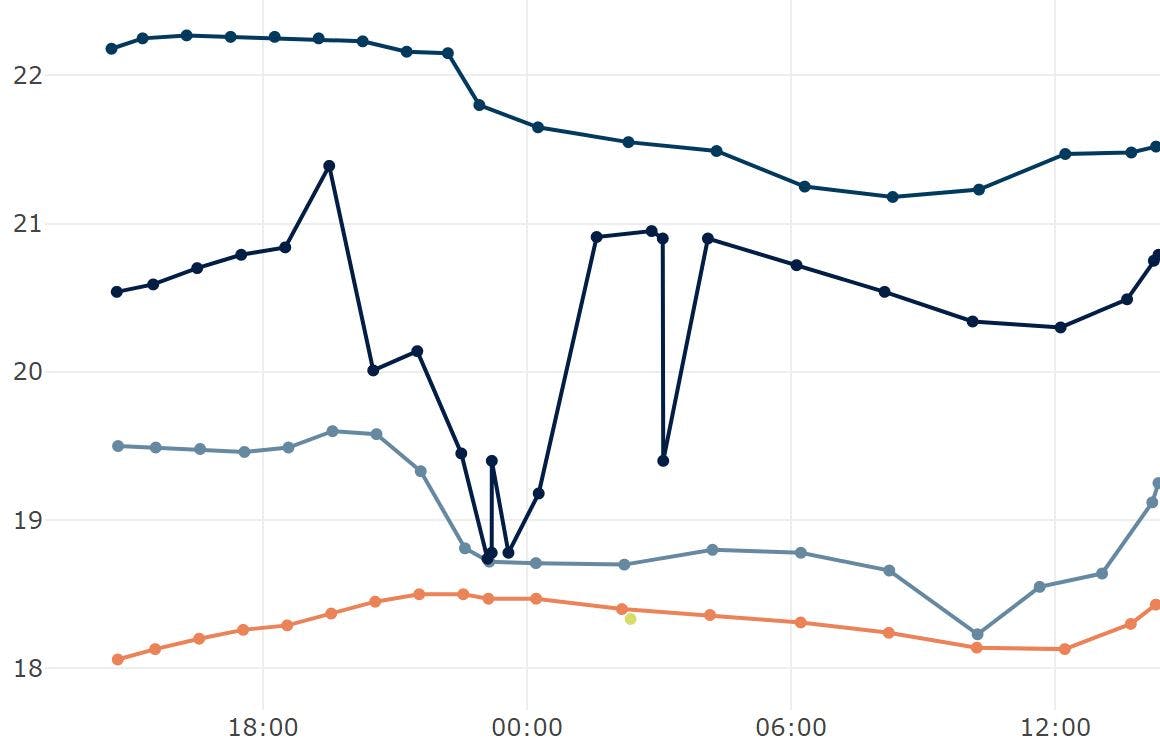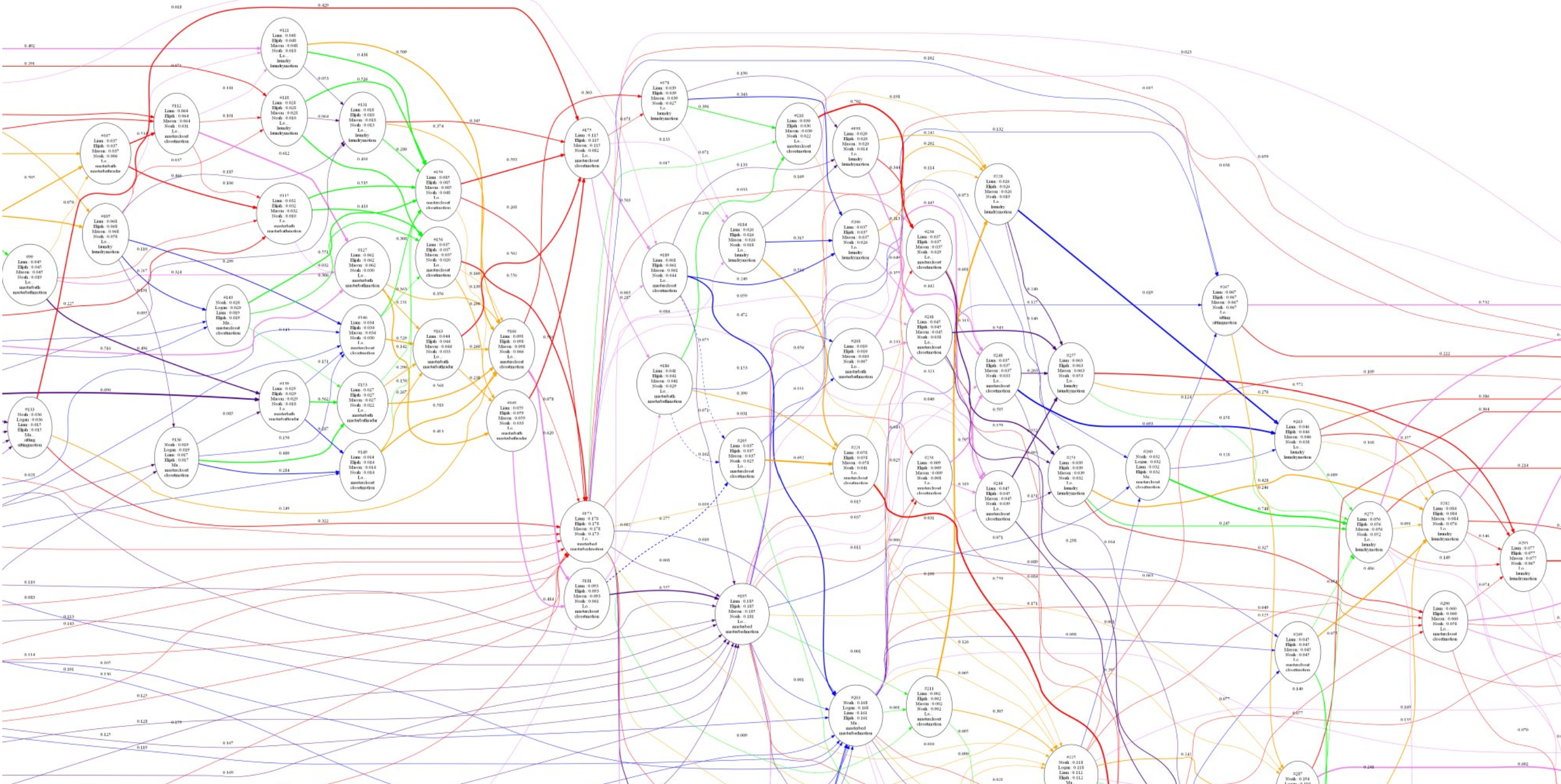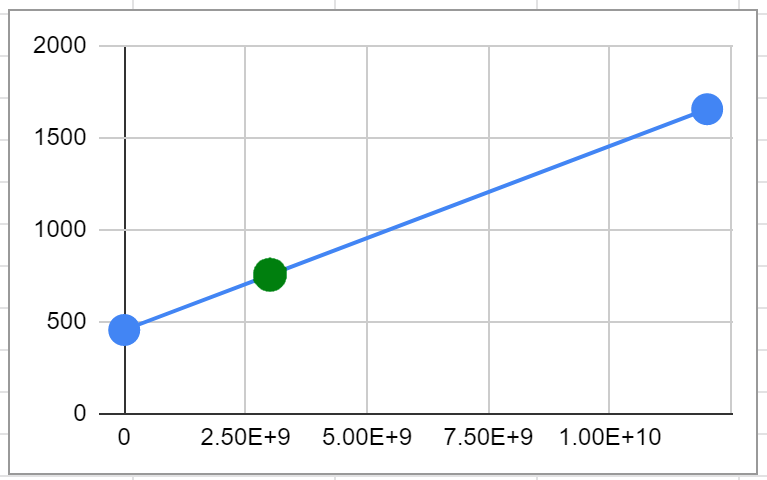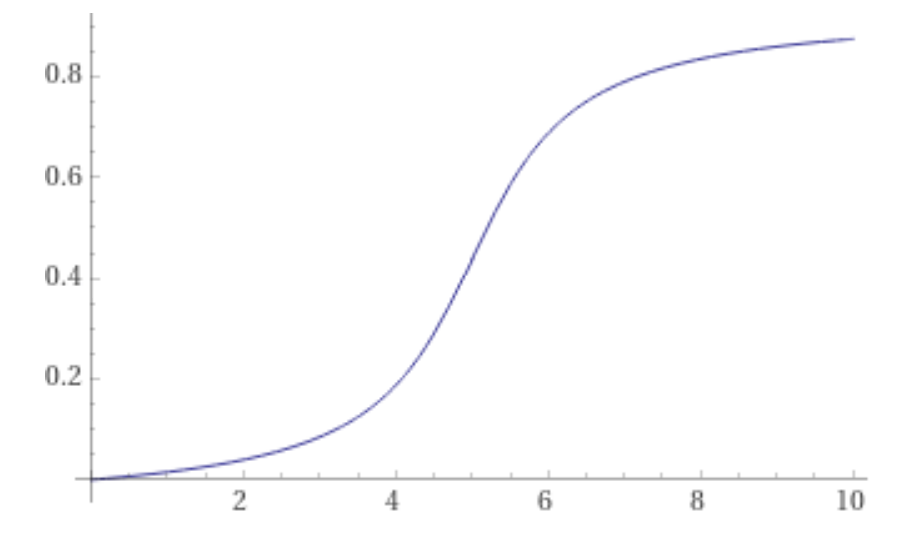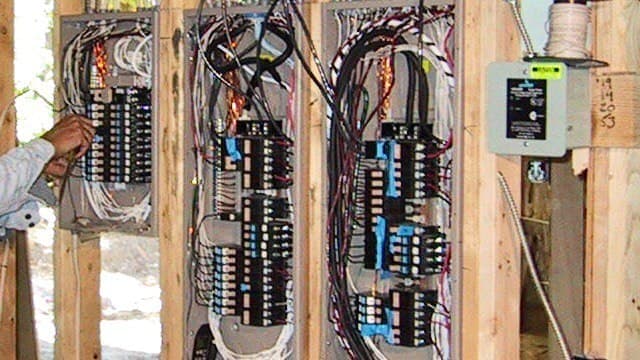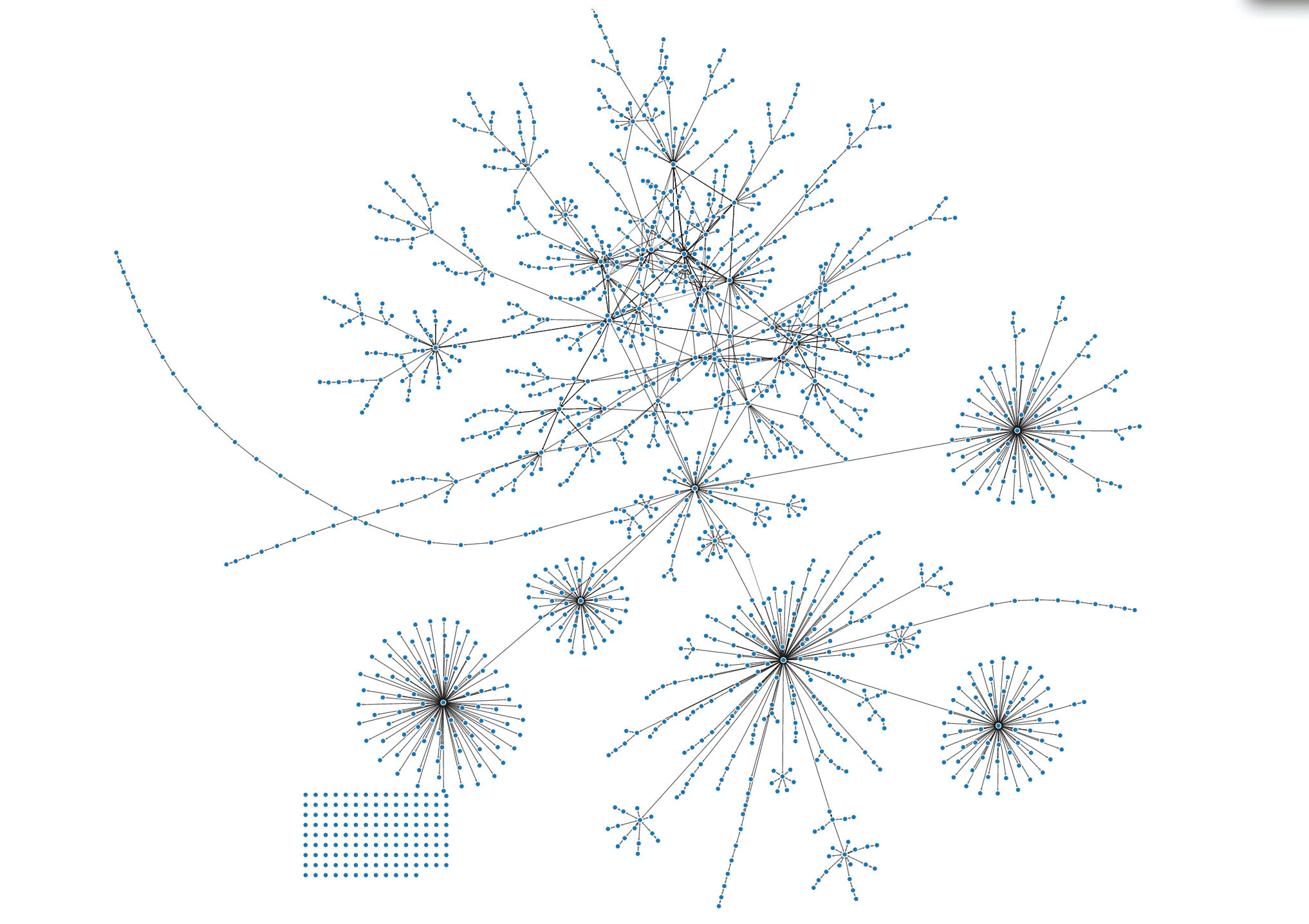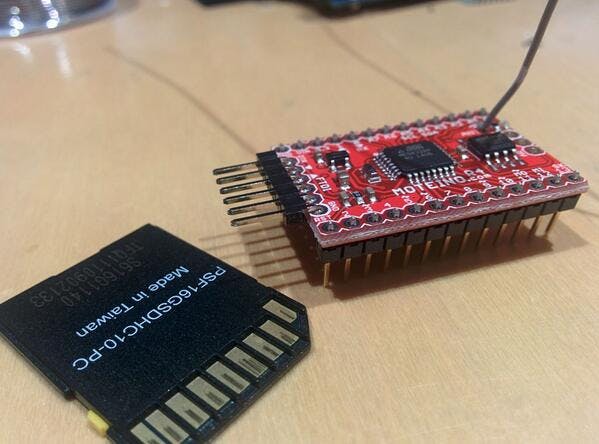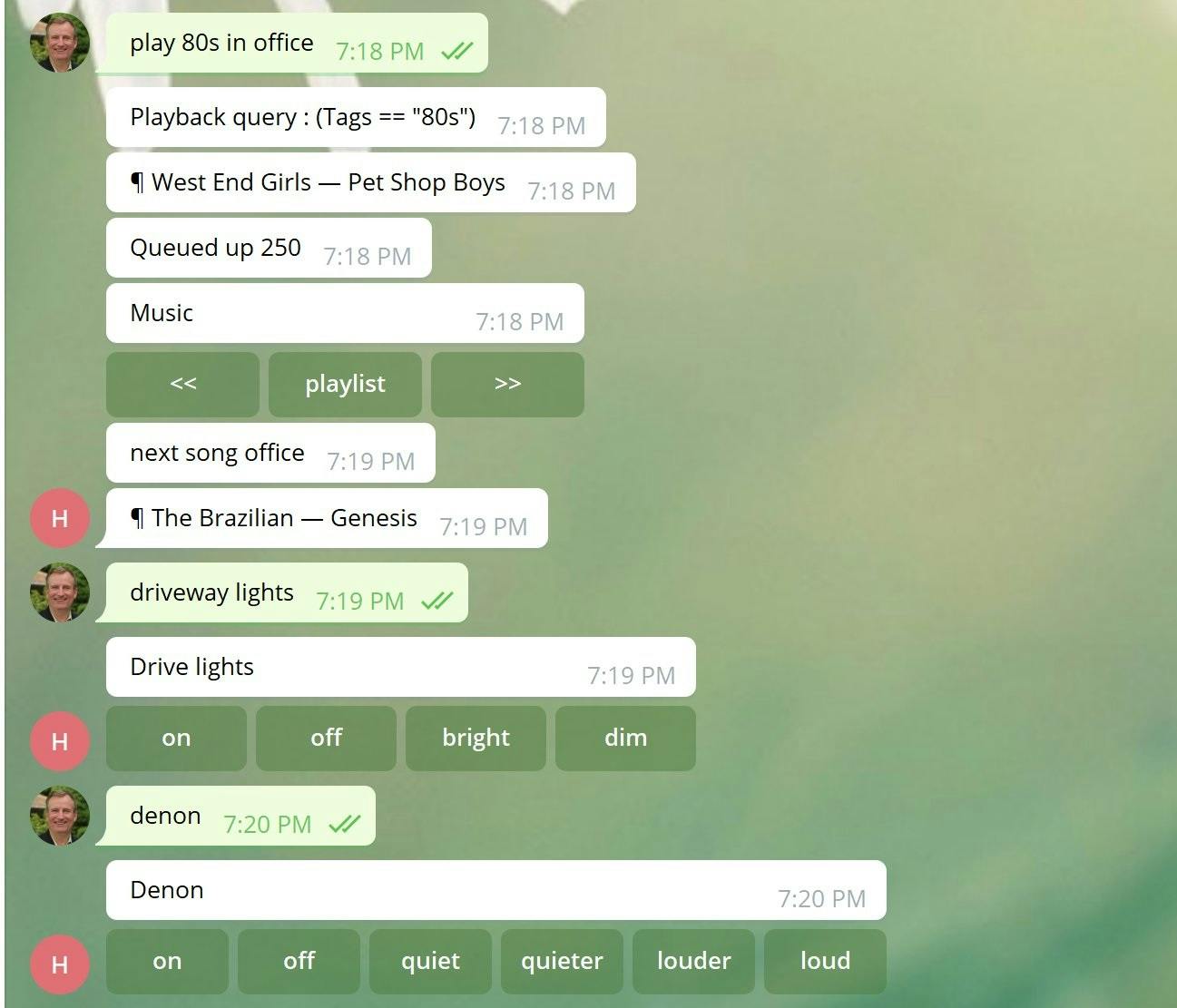Silencing the annoying SpotBot beep - a simple hack
Like many other Bissell SpotBot owners the very loud beep that the SpotBot emits once its done it's job has been a constant annoyance in what is otherwise a very handy device.
If you have pets or children a SpotBot is an essential accessory. It's also handy for parties where a spilled wine glass can be cleaned up in minutes hands-free while you continue talking to your guests. The SpotBot is small and can be brought in, dropped on the spot and a few minutes later it's all gone. No paper towels, no apologetic guests on hands and knees. Sure, it's noisy but it's a lot less intrusive than a full-size steam cleaning vacuum cleaner.
The only downside to this indispensable appliance is the beep noise which begins as soon as it's finished cleaning and goes on forever until you stop it. Not only is it persistent, it's also very very loud. Searching the internet for a solution produced an article which didn't even identify where the beep was coming from and had a solution that involved programming a micro-controller and soldering it in to the upper circuit board! That's clearly not an option for most people and I wanted a simpler solution so today I took it apart and figured out how to silence it.
Below are the steps I used to quieten our SpotBot. Make sure it's unplugged first and remove all the liquid containers from it. Proceed at your own risk and although this process involves no electrical changes you should not attempt it unless you are comfortable opening and reassembling electronic devices.
The first step is to open the SpotBot. To do this you need to remove all of the screws on the top side of the unit including the two that are hidden under the panel to the right shown here. There is no need to remove any of the screws on the under side of the unit. Once you have the unit separated into two parts you may also need to remove the zip tie around the wires in the middle to give you more room to work. Up inside the top half of the unit you'll see a small white box made out of flexible white plastic. Open that box and you'll see a circuit board and on the front-left corner of that circuit board you'll see a small piezoelectric device that is responsible for emitting the beep.
You could at this stage undo more screws and get the board out so you can unsolder the beeper or add a resistor inline with it, but as a less drastic solution that can reduce the volume to a much more tolerable level you can try the simple fix of applying a large blob of glue over the piezoelectric device to quieten it down.
Once the glue has set, reassemble the unit and enjoy your new, slightly quieter Spotbot. As the glue cures the sound will get quieter.
Click the images to see larger versions
